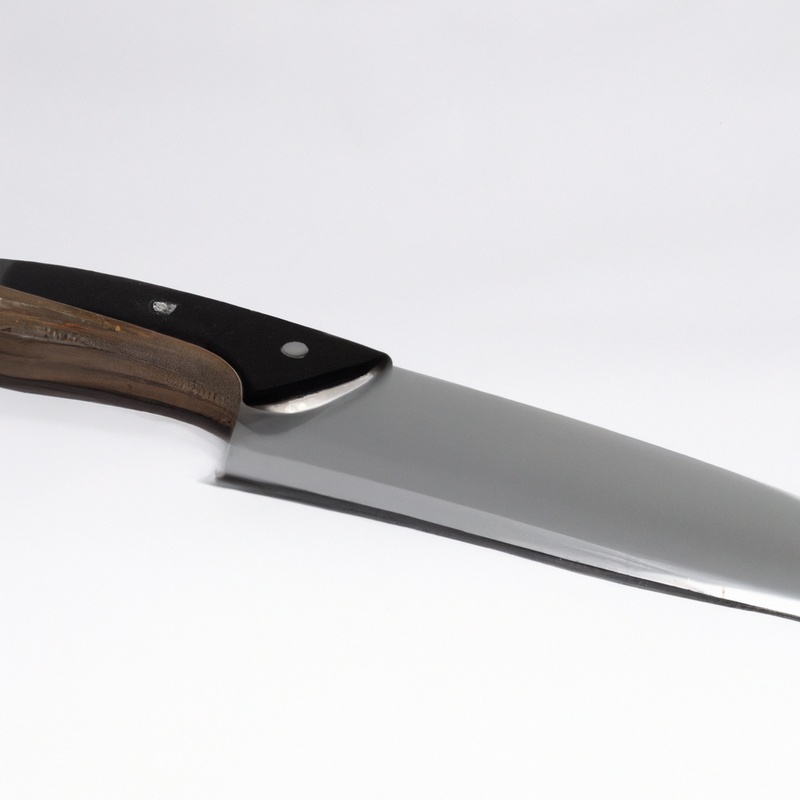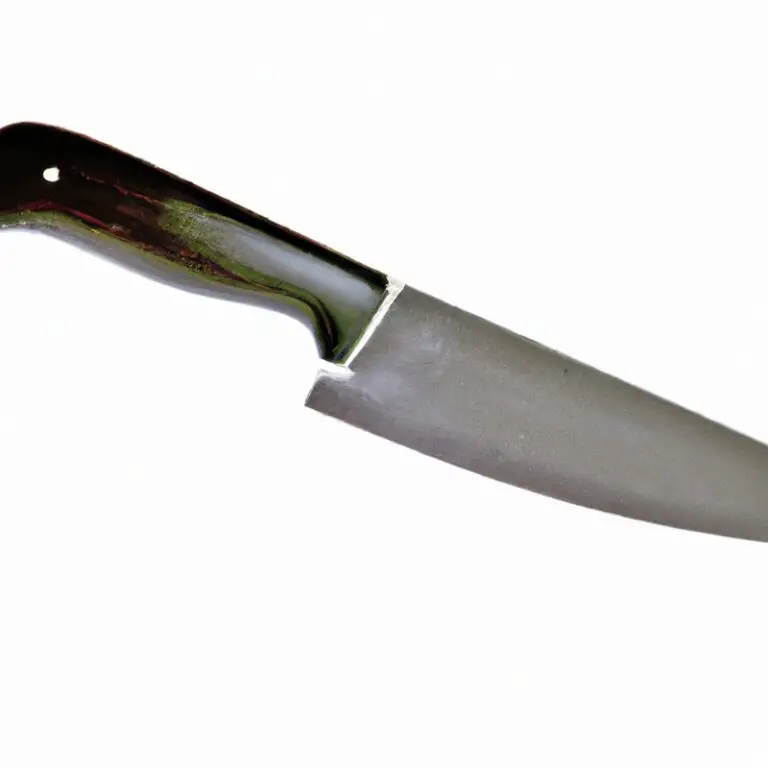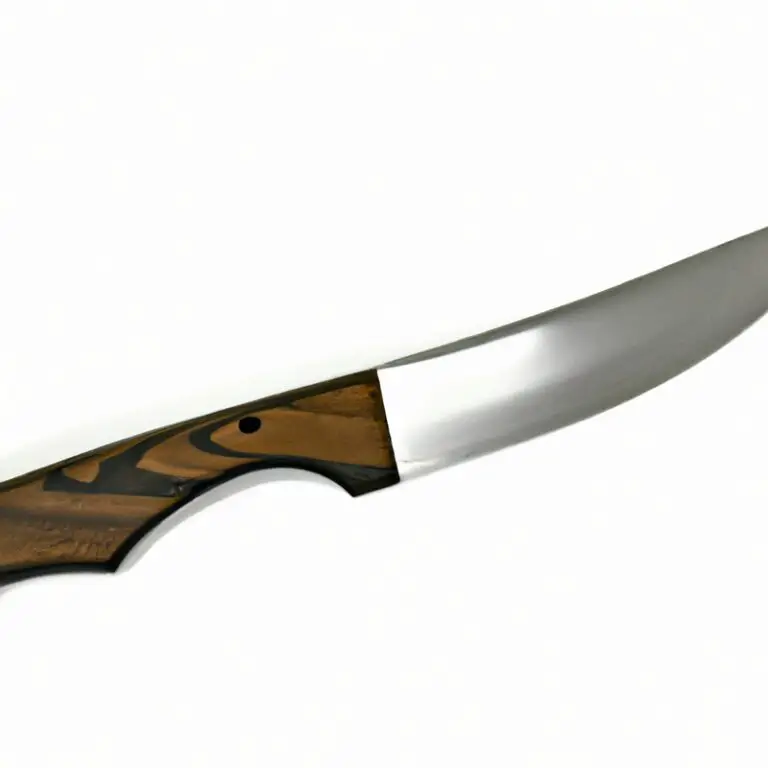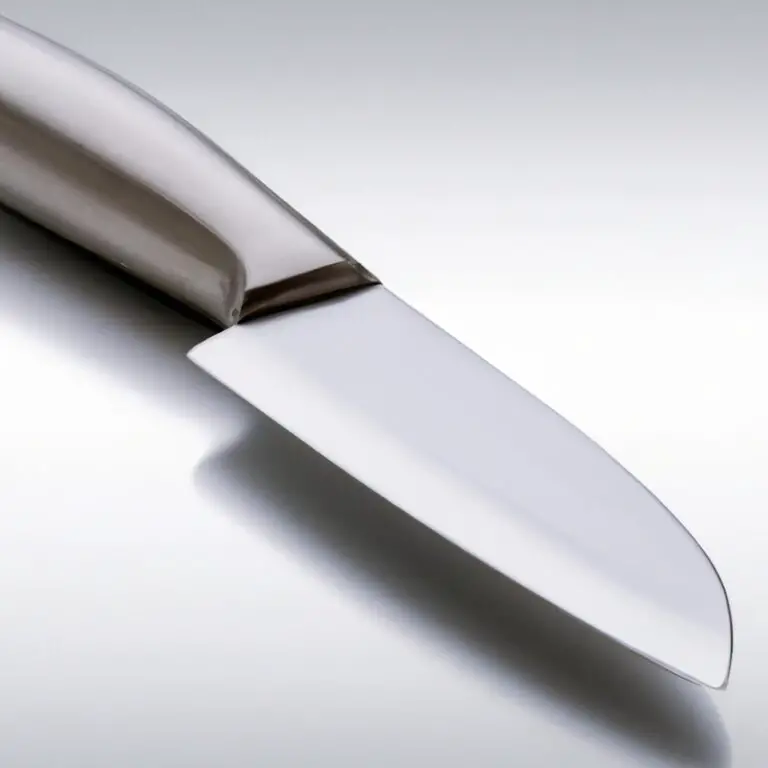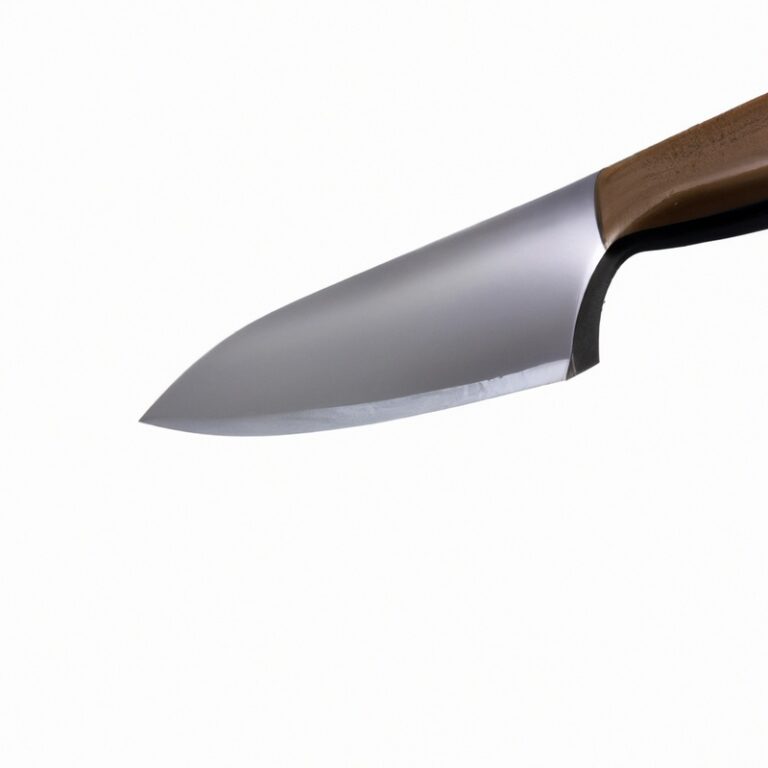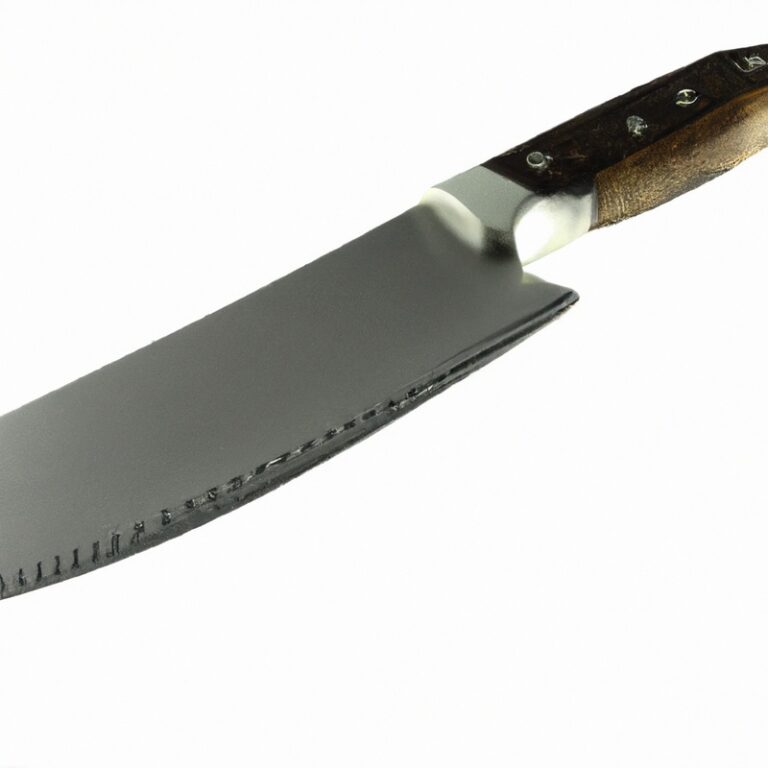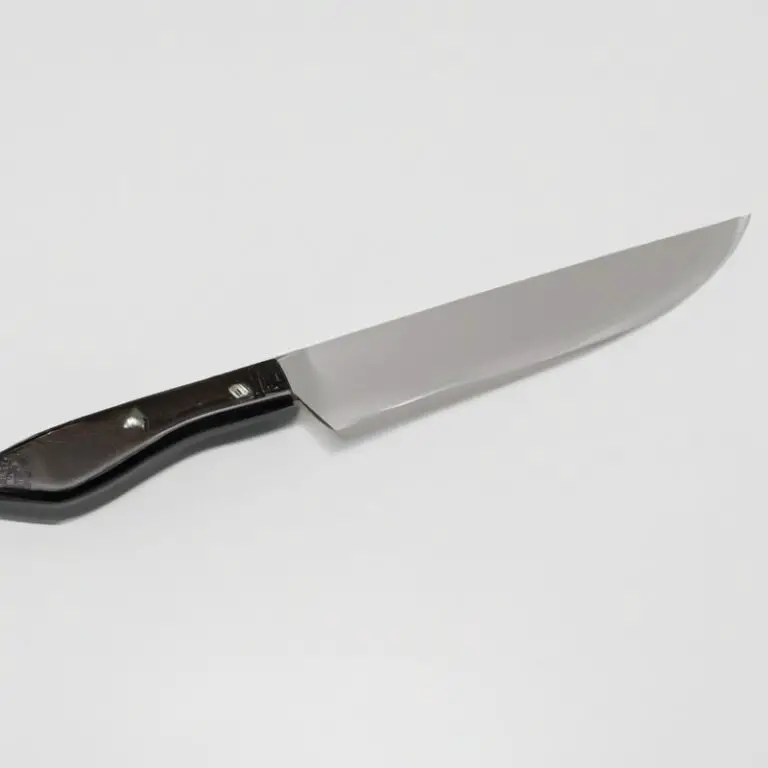How To Fillet a White Perch Using a Fillet Knife? Easy!
Key Takeaways:
- Use a sharp fillet knife to cut along the backbone of the white perch, starting from the head and ending at the tail.
- Make sure to remove the skin and bones carefully to ensure the fillet is clean and ready for cooking.
- Practice and patience are key in learning how to fillet a white perch, so don’t get discouraged if it takes a few tries to get it right.
- Proper cleaning and maintenance of your fillet knife is crucial for both safety and performance, so make sure to clean and sharpen it after every use.
Picture yourself sitting by the lake, surrounded by the serenity of nature, with a fresh catch of white perch waiting to be cooked. But there’s a problem: before you can cook it, you need to fillet it.
Filleting a fish may seem intimidating, but with the right technique and a good fillet knife, you can easily prepare your fish for cooking in no time.
In this article, I’ll take you through a step-by-step guide on how to fillet a white perch using a fillet knife. From choosing the right knife to inspecting the fillet for bones, you’ll learn everything you need to know to prepare your fish like a pro.
| Materials Needed | Steps |
|---|---|
| Fillet knife | 1. Begin by cutting the head off the white perch and remove the entrails. 2. Make an incision along the dorsal fin from the head to the tail. 3. Insert the blade of the fillet knife at the base of the head and run it down the spine of the fish until the tail. 4. Turn the fish over and repeat the process on the other side. 5. Once both fillets are removed, rinse and pat dry before cooking. |
| Cutting board | |
| Bowl of water for rinsing | |
| Paper towels for pat drying |
Choosing the right knife for filleting white perch
When selecting a knife for filleting white perch, it is important to consider the blade length and flexibility. A blade length of around 6 to 9 inches is ideal for white perch, while a flexible blade allows for greater precision and control when removing the skin and bones.
Look for a sharp, thin-bladed fillet knife with a comfortable, non-slip handle for a safer and more efficient filleting experience.
Additionally, consider the material of the blade and handle, as well as the brand’s reputation for quality and durability. Investing in a high-quality fillet knife will not only make the filleting process easier and more enjoyable but also ensure that your fish fillets come out looking great.
Preparing the perch for filleting
Before you start filleting a white perch, you need to adequately prepare it by following a few simple steps. First, rinse the perch under cold water to remove any debris and pat it dry with a paper towel.
Then place the perch on a flat surface and take a sharp knife to make a cut behind the gills, down to the backbone.
This cut should penetrate the fish about an inch. Next, make sure to remove the scales by using a fish scaler or a spoon to gently scrape against the scales in the opposite direction that they grow.
Be cautious as scales can be slippery and may cause injury.
Then remove the head and tail. Take your fillet knife and make a cut just behind the head to separate it from the body.
Then, take the tail and cut just behind it to ensure it is also separated from the body.
Finally, rinse the fish again under cold water and pat it dry before moving onto the next steps in filleting the white perch.
Removing the scales from the white perch
To remove the scales from the white perch, use a fish scaler or the back of a knife to scrape them off. Begin at the tail and work your way towards the head.
Ensure that all scales are removed before filleting the fish.
Cutting the head and tail off the white perch
To start filleting a white perch, the head and tail of the fish need to be removed. To remove the head, place the white perch on a cutting board with its head facing away from you.
Hold the fish’s head firmly with one hand, and with the other, make a cut behind the gills and along the backbone with a fillet knife.
Next, turn the fish around to cut off its tail with a similar motion. Removing the head and tail makes it easier to access the flesh of the white perch and facilitates the filleting process.
Making the first cut along the white perch’s spine
To make the first cut along the white perch’s spine, use a fillet knife with a flexible and sharp blade. Place the white perch on a flat surface and make an incision behind the gills towards the head, stopping at the spine.
Turn the blade and run it along the spine towards the tail, applying gentle pressure to separate the fillet from the bone.
Use your other hand to hold the fish securely while making the cut. Repeat the process on the other side of the spine.
Once the first cut is complete, proceed to remove the entire fillet from the white perch.
Remember to use caution while handling the knife to avoid injury.
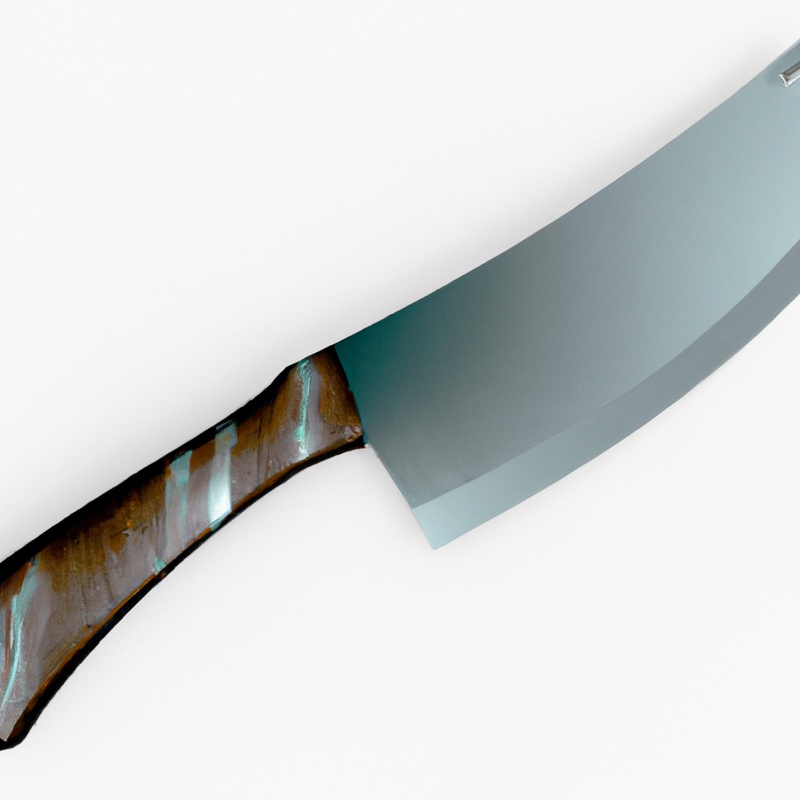
Continuing to remove the fillet from the white perch
After making the first cut along the spine, insert the blade under one of the fillets to begin removing it from the white perch. With gentle and steady pressure, use the blade’s edge to separate the flesh from the bones, ensuring that no meat is left behind.
Continue cutting along the bones until the fillet is entirely removed from the fish.
Repeat the process for the other side of the fish. Remember to take your time, move carefully, and avoid getting injured.
With a little practice, you’ll master this step and be able to produce smooth and precise fillets for your culinary needs.
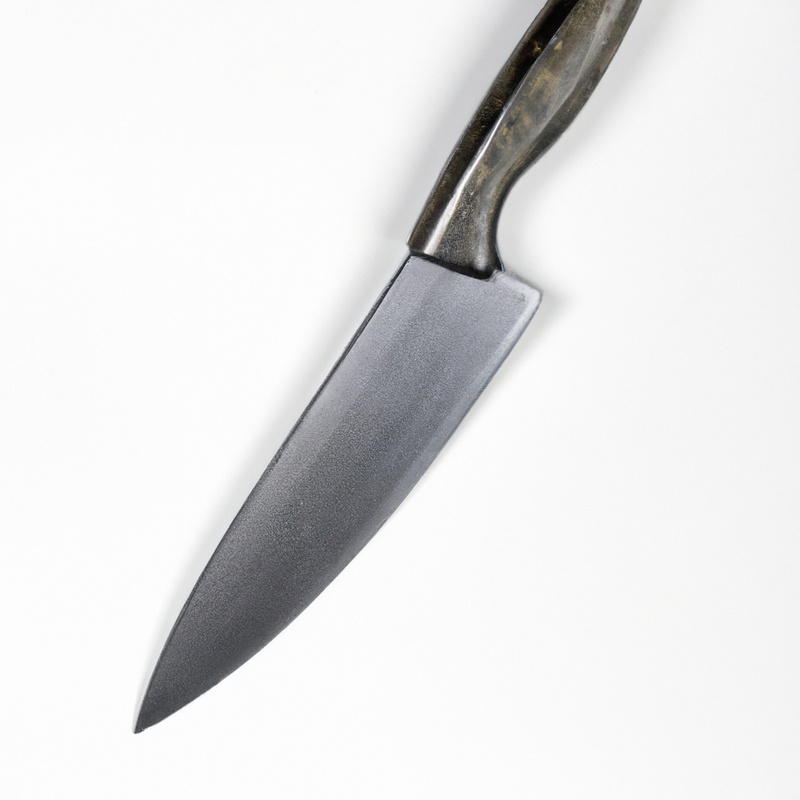
Removing the rib bones from the white perch fillet
To remove the rib bones from the white perch fillet, start by using a pair of pliers or fishbone tweezers. Place the white perch fillet flesh side up and locate the rib bones.
Then, gently pull them out with pliers or fishbone tweezers by grasping the bone near the tail of the fillet and pulling it out towards the center of the fish.
Be careful not to damage the delicate flesh while doing so. Repeat this process for all the rib bones, and your fillet will be boneless and ready to cook.
Skinning the white perch fillet
To skin the white perch fillet, place the fillet skin side down on a cutting board. Use the fillet knife to make a small cut between the skin and the flesh at the tail end of the fillet.
Hold onto the skin with one hand and slide the knife in with the other hand, moving in a back-and-forth motion while gently pulling the skin away from the flesh.
Take care not to remove too much flesh and discard the skin once it has been completely removed from the fillet. Skinning the white perch fillet is an essential step in preparing it for cooking, as it removes the tough and inedible skin.
Inspecting the white perch fillet for bones
After skinning the white perch fillet, inspect it carefully to ensure all bones have been removed. Although filleting leaves only a few bones, it is not uncommon for small bones to remain.
Fish bones are a choking hazard and can ruin the eating experience, so it is important to remove them all.
Run your fingers along the fillet to detect any bones that were missed and use tweezers to pull them out. Make sure to inspect both sides of the fillet thoroughly before preparing it for cooking.
Cleaning up after filleting the white perch
Cleaning up after filleting a white perch is an essential step in maintaining your kitchen’s cleanliness and safety. First, dispose of the remaining fish parts in a sealable plastic bag and place it in your garbage bin or compost bin.
Secondly, wash your knife, cutting board, and hands thoroughly with hot soapy water to remove any fish slime, blood, or scales.
For best results, use a cutting board made of plastic or non-porous material and avoid cutting directly on a wooden surface. Finally, sanitize your kitchen surfaces with a solution of one tablespoon of bleach per gallon of water or use a commercial kitchen disinfectant.
Ensure that all surfaces are dry before storing your knife and cutting board.
Properly cleaning up after filleting a white perch ensures that your kitchen remains hygienic, and your food safe for consumption.
Final Verdict
Filleting a white perch may seem daunting at first, but with the right tools and techniques, it can be an enjoyable and rewarding experience. Remember to choose the right knife for the job, prepare the perch properly, and take your time when making each cut.
Safety should always come first, and following the steps outlined in this article will help ensure that your filleting process is safe and successful.
Always inspect your fillet for bones, clean up your workspace when finished, and enjoy the delicious and nutritious rewards of your efforts. By following these guidelines, you will become a proficient and confident fillet master, impressing your family and friends with your newfound skills.
So go out there and try it – you won’t regret it!

